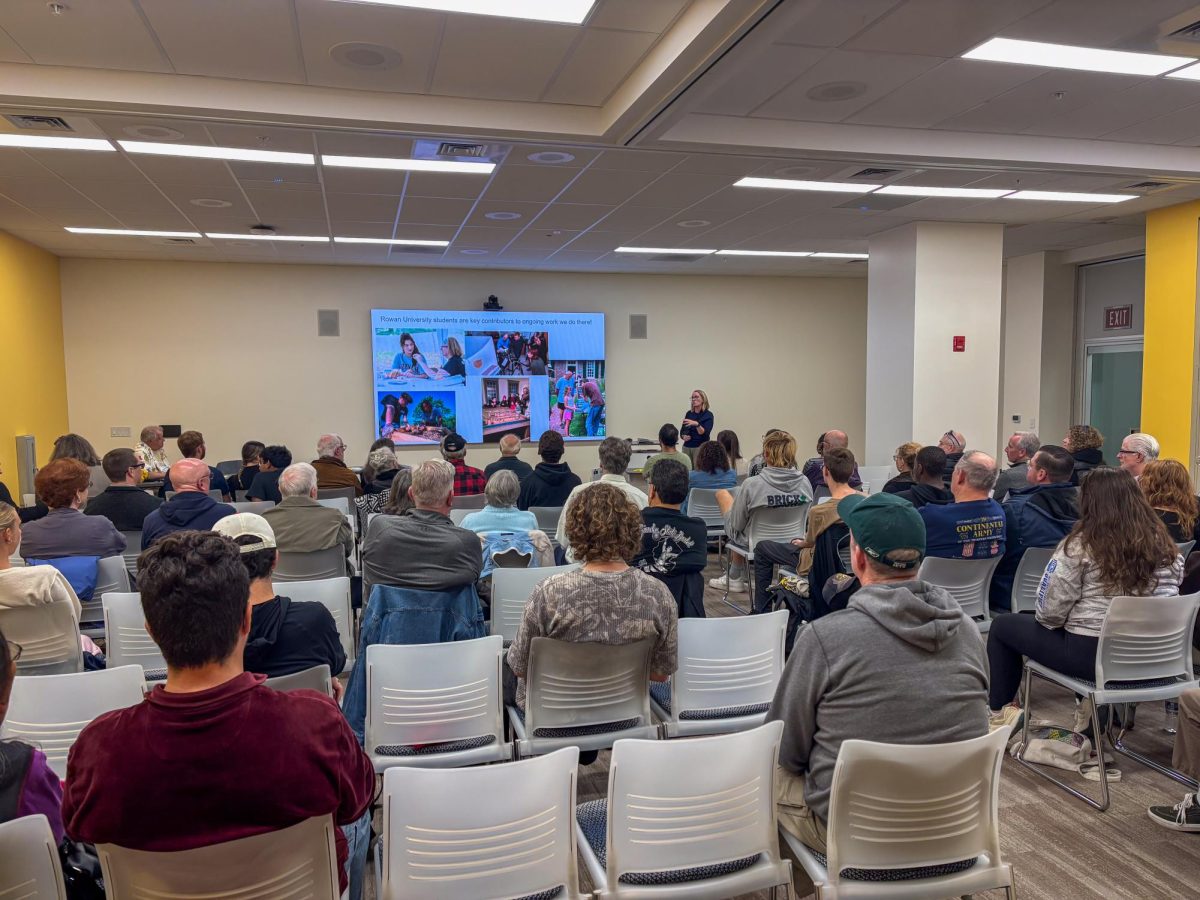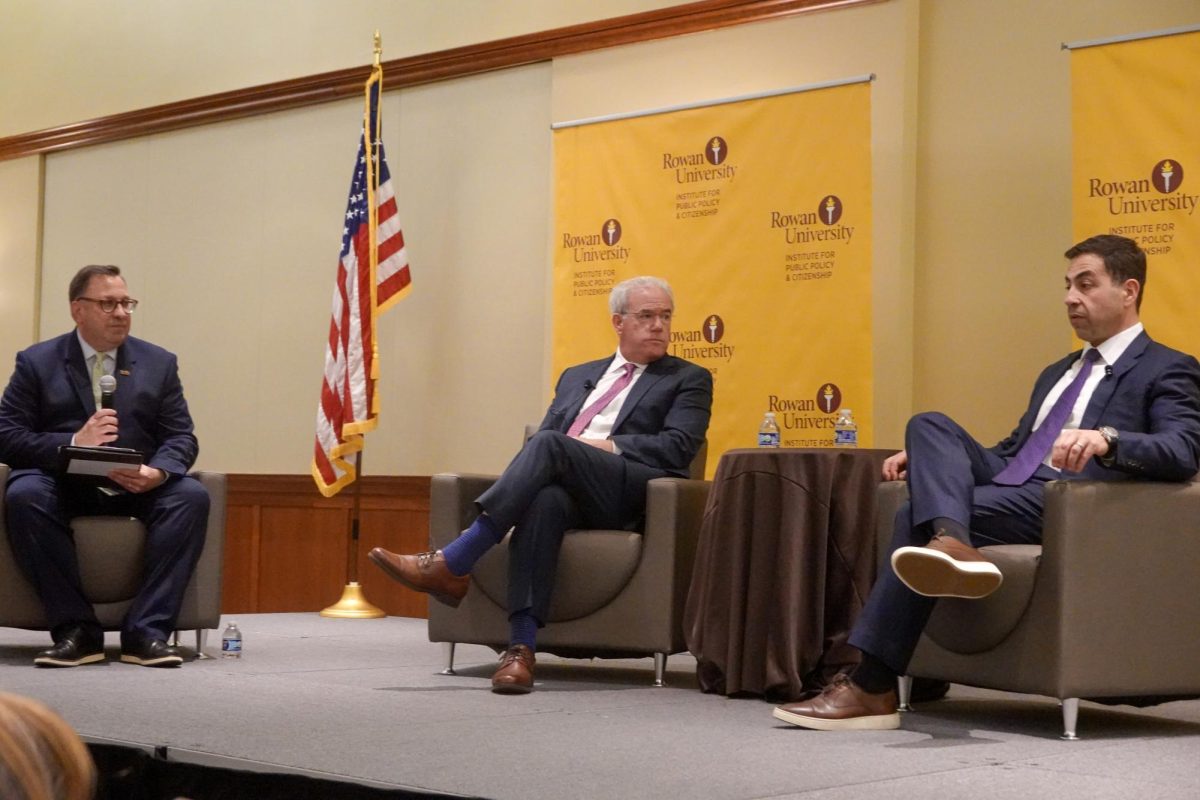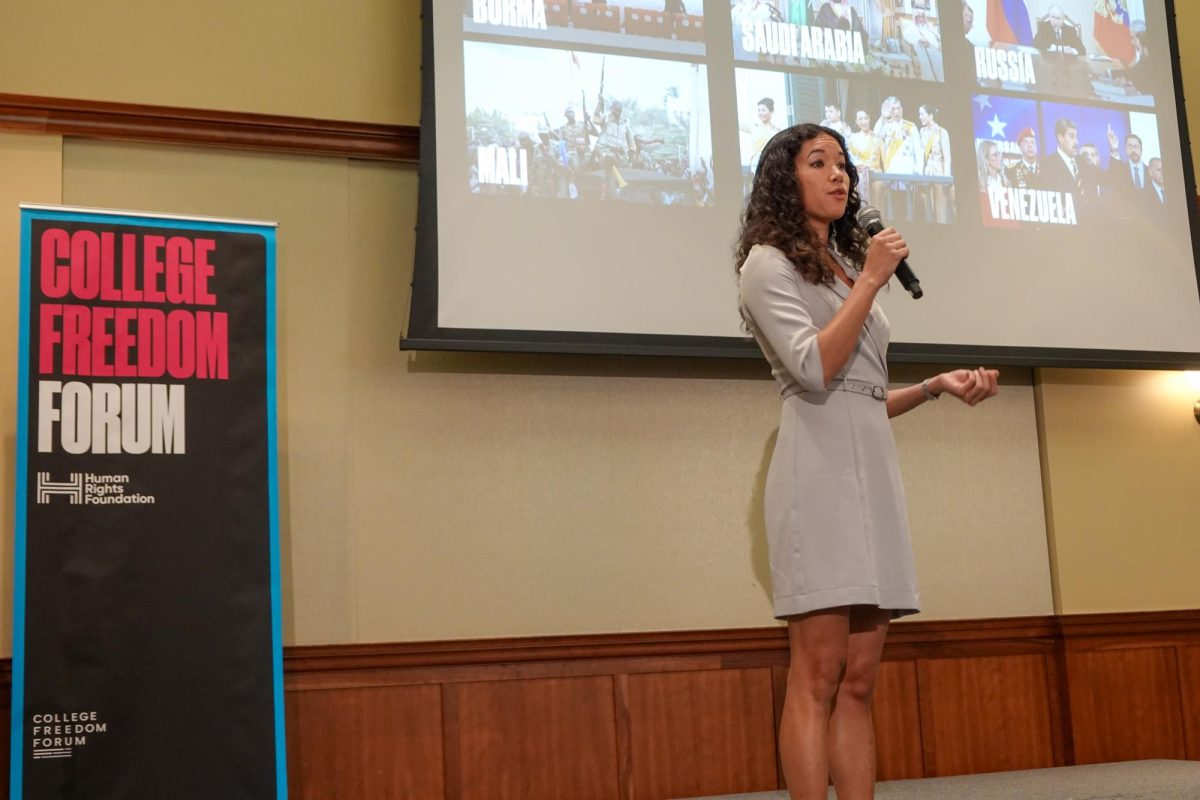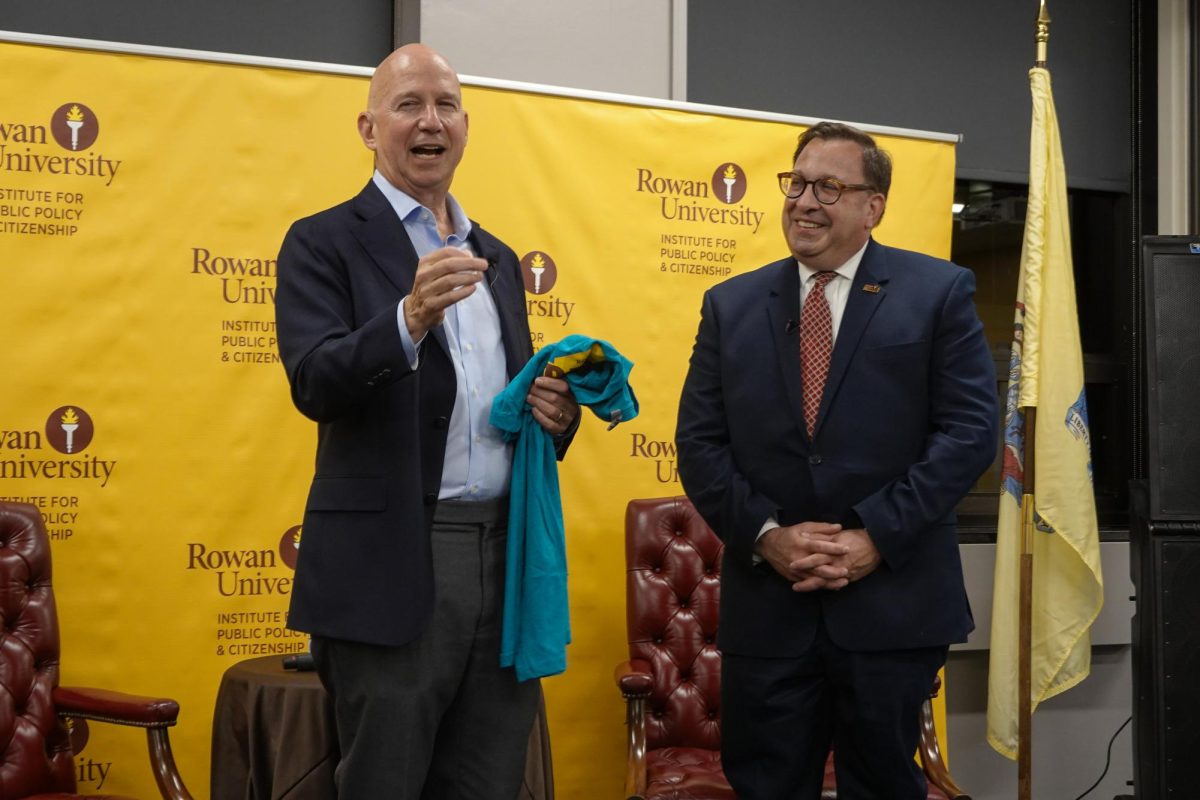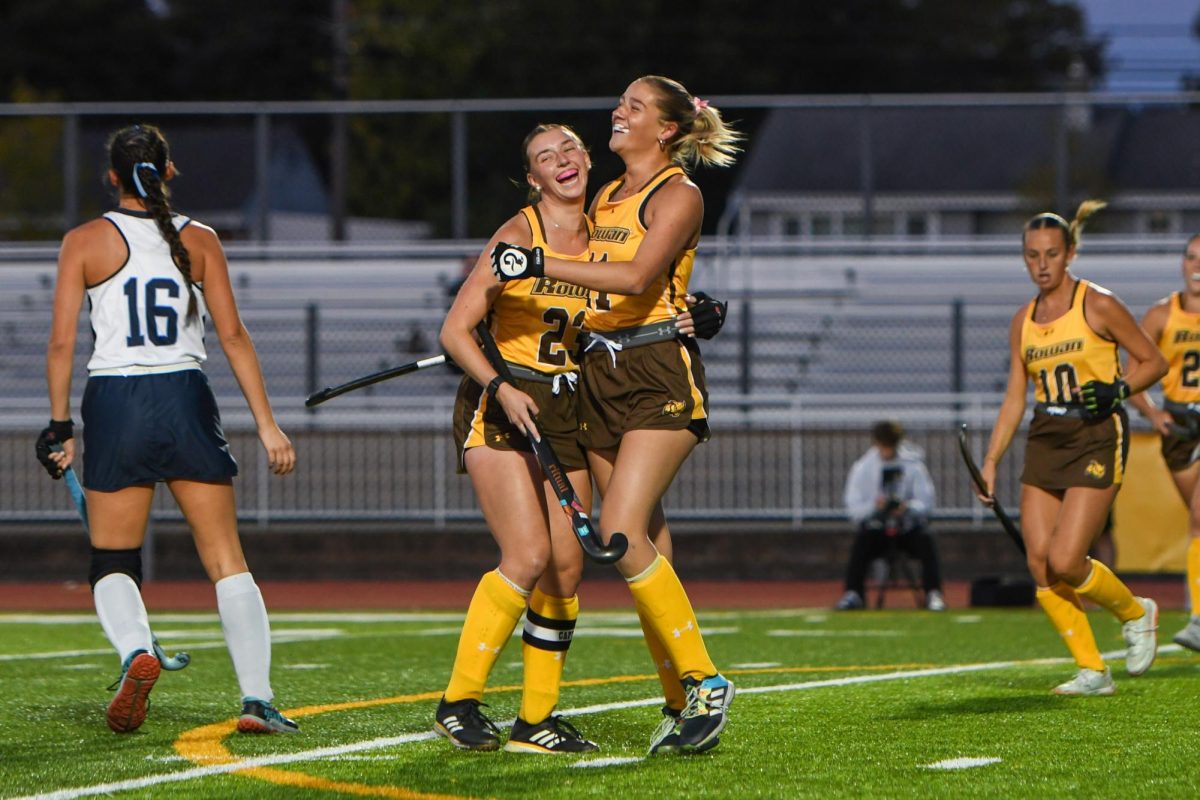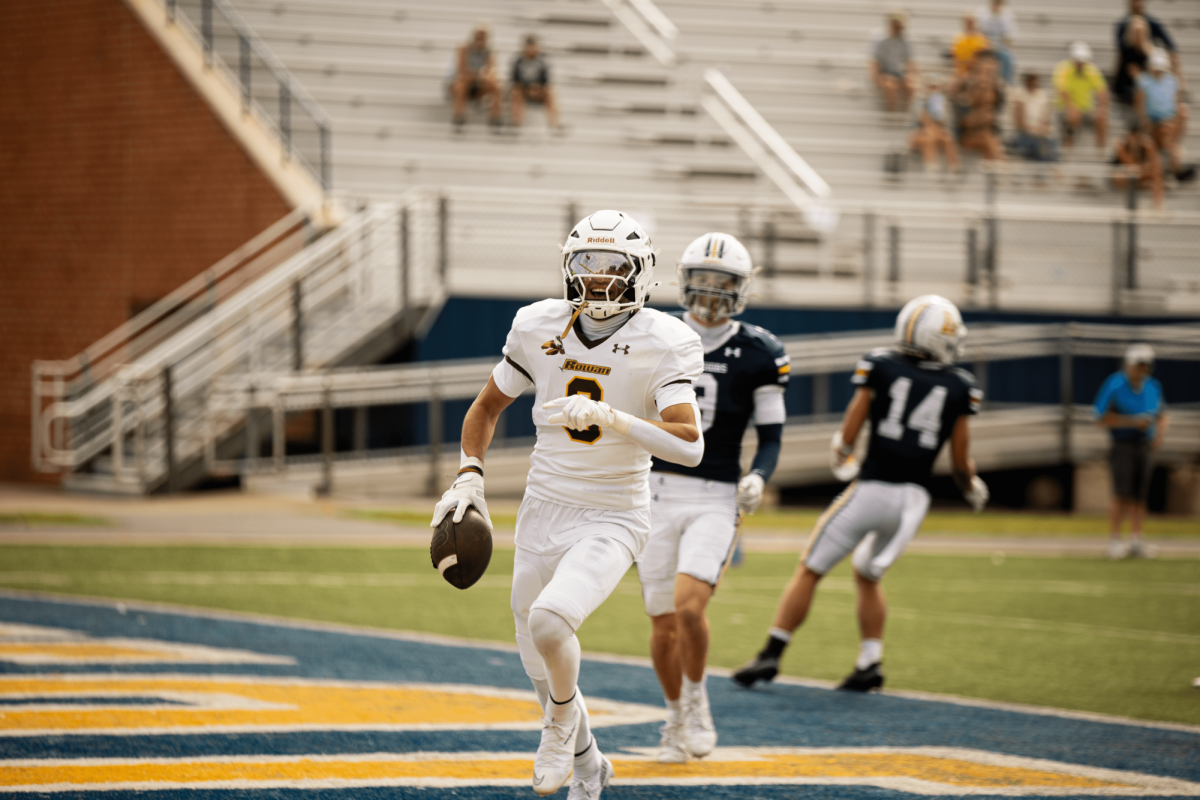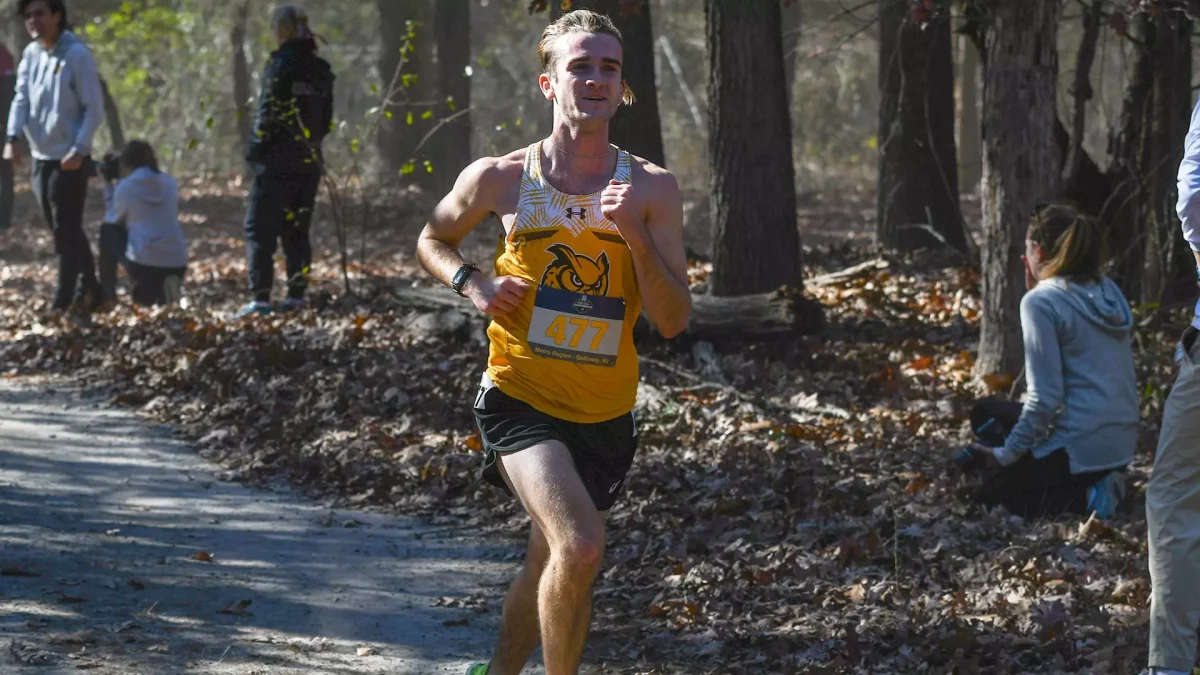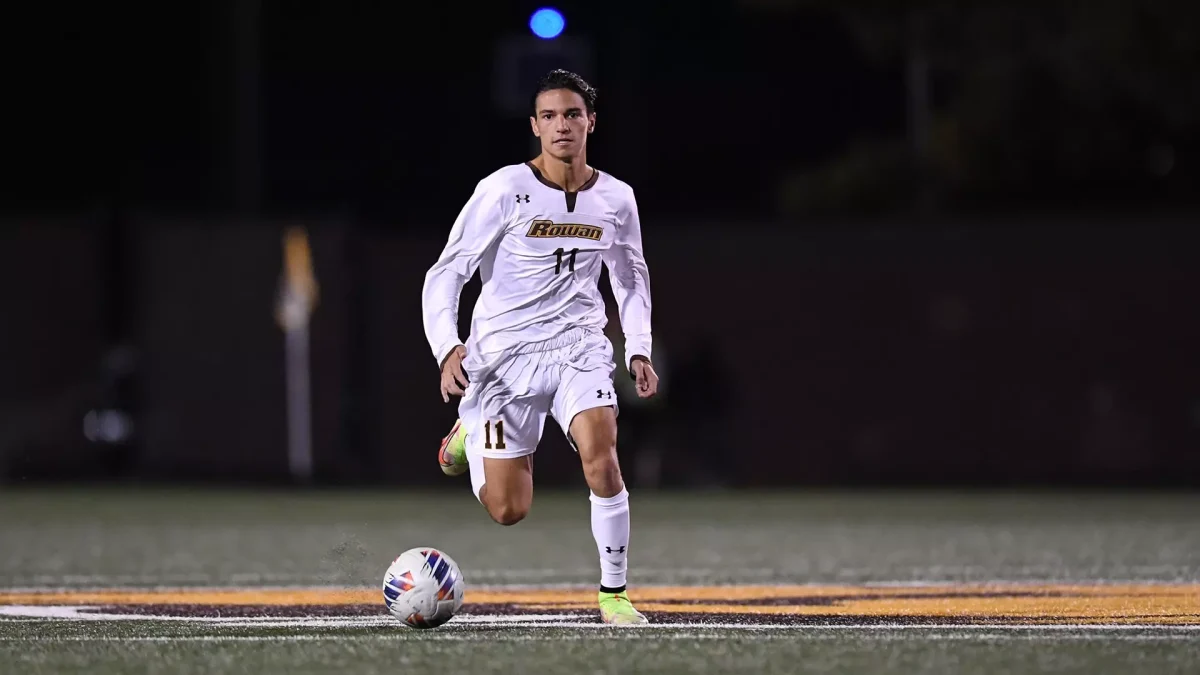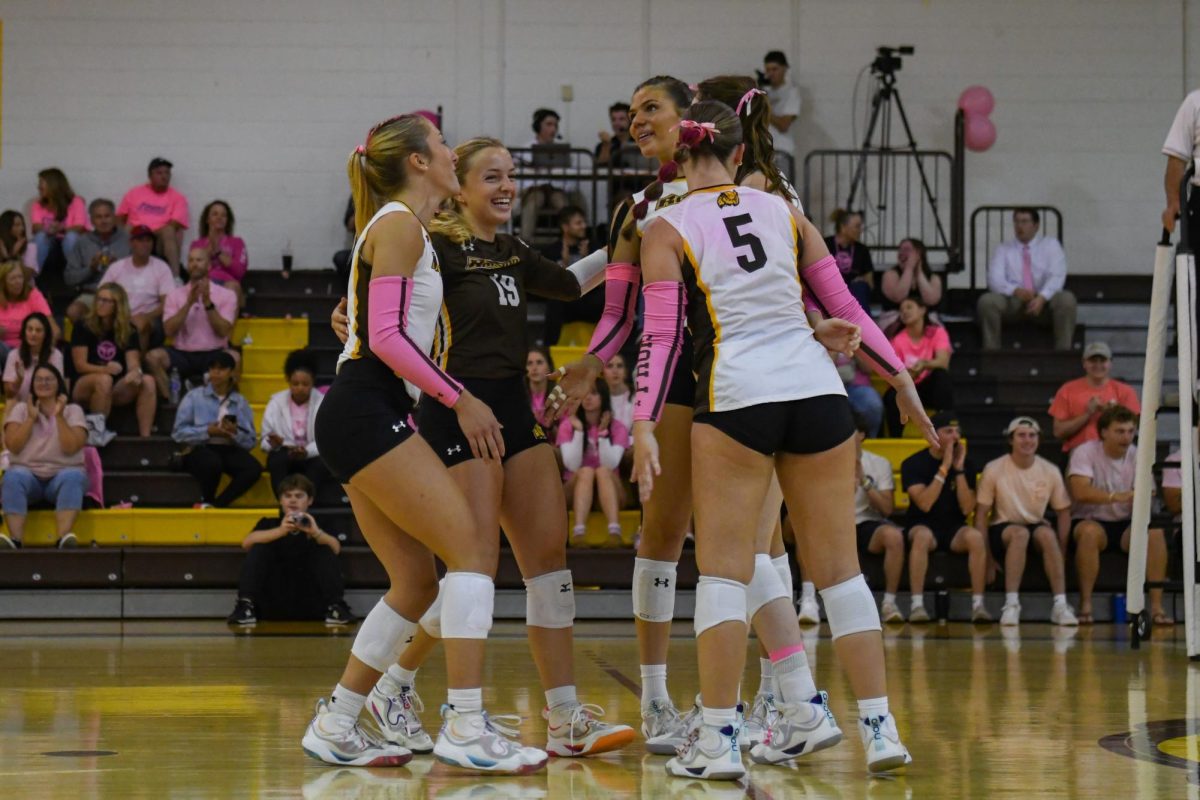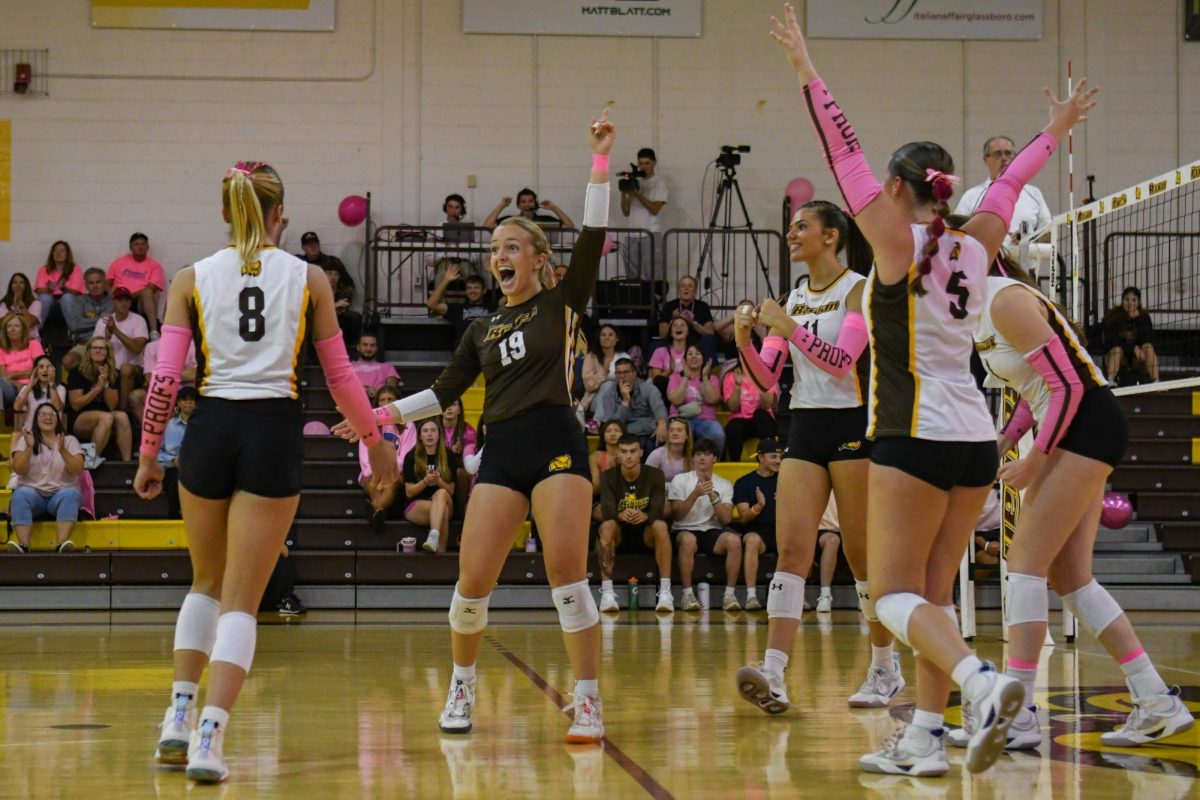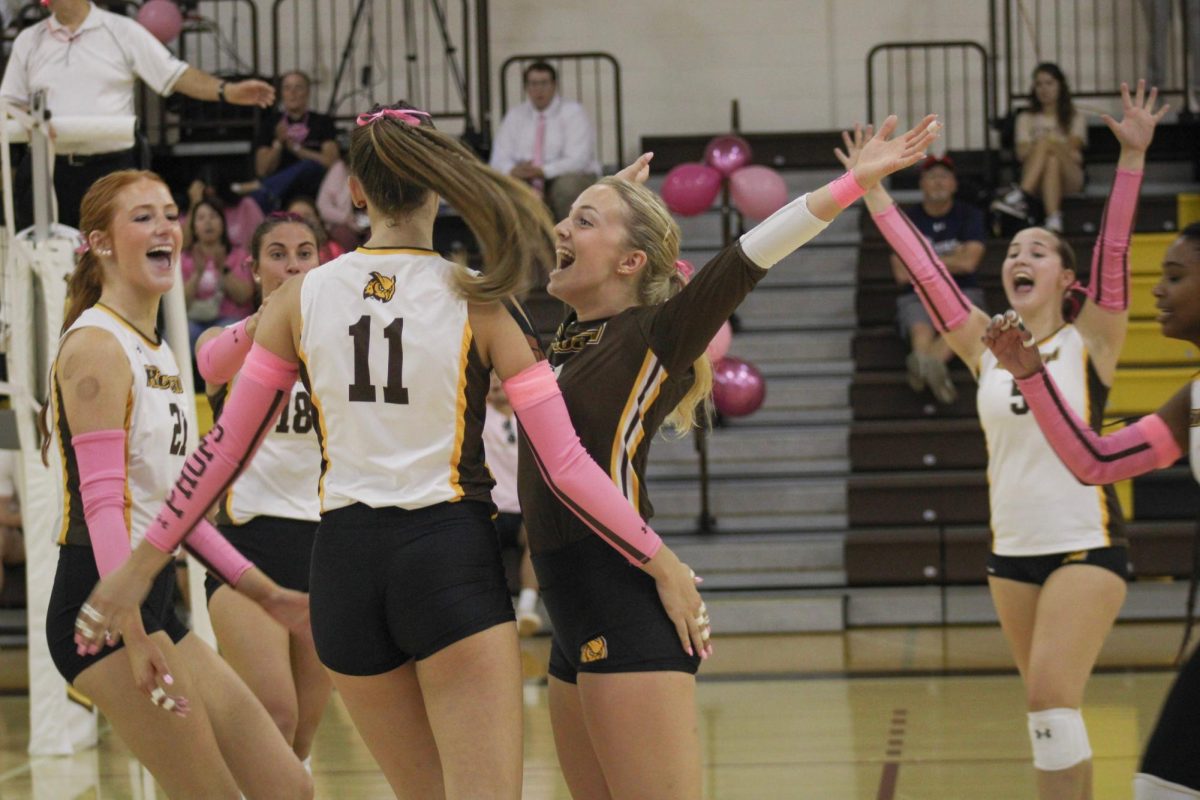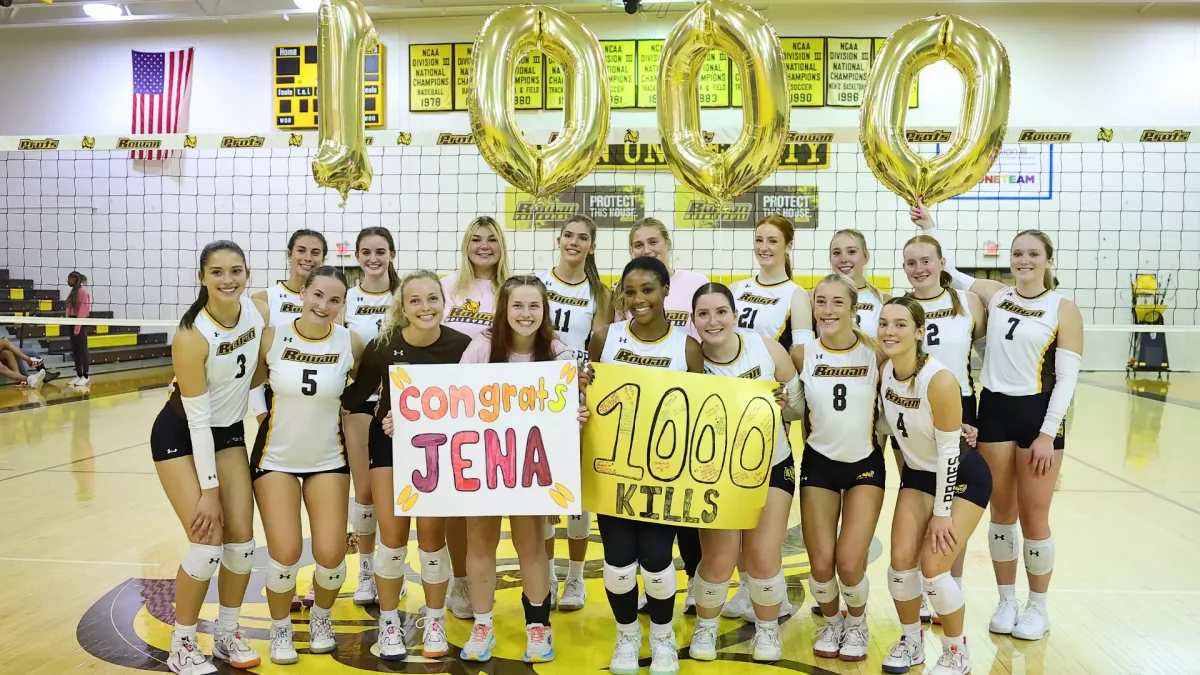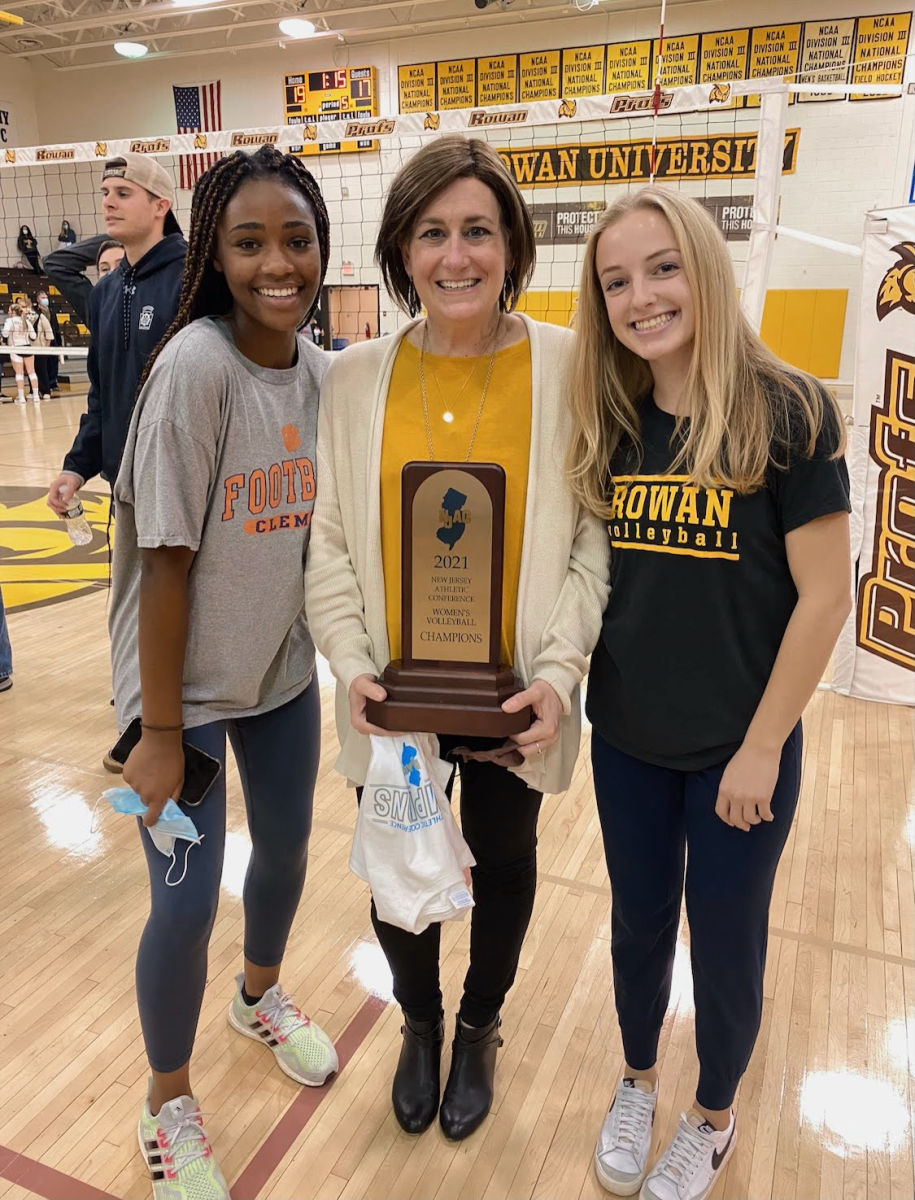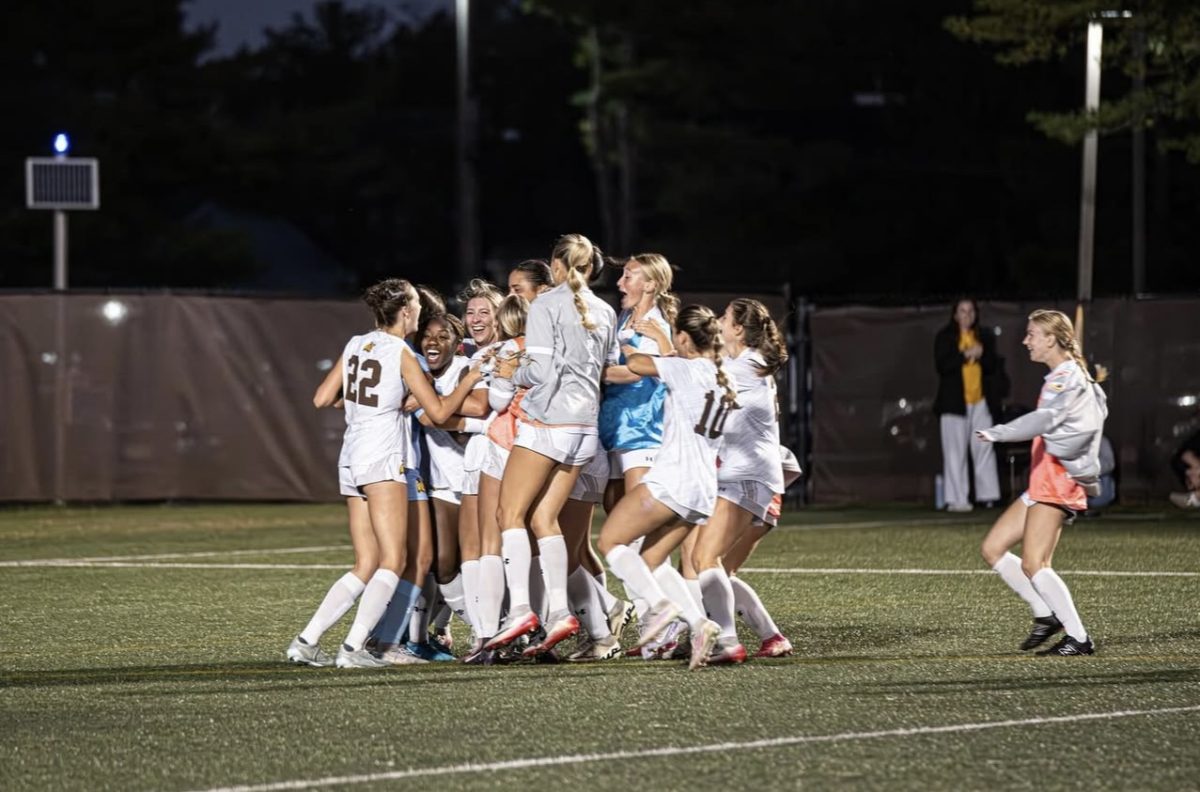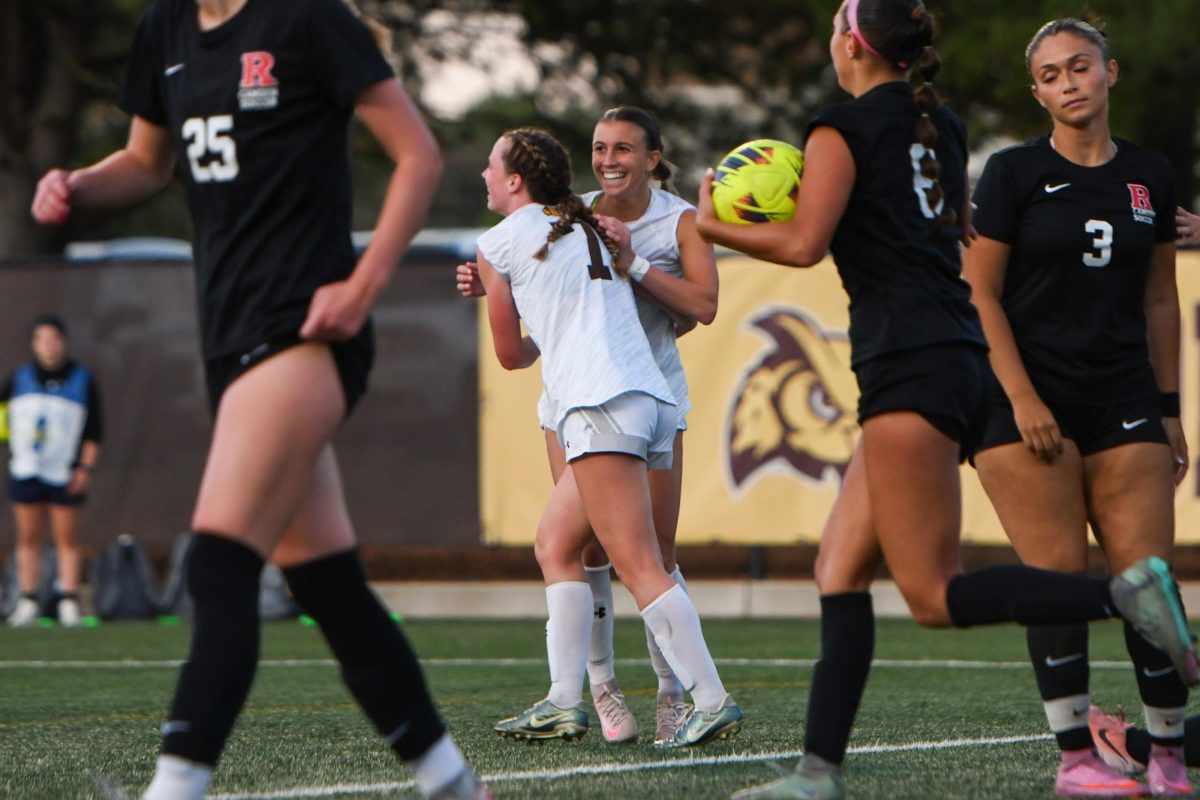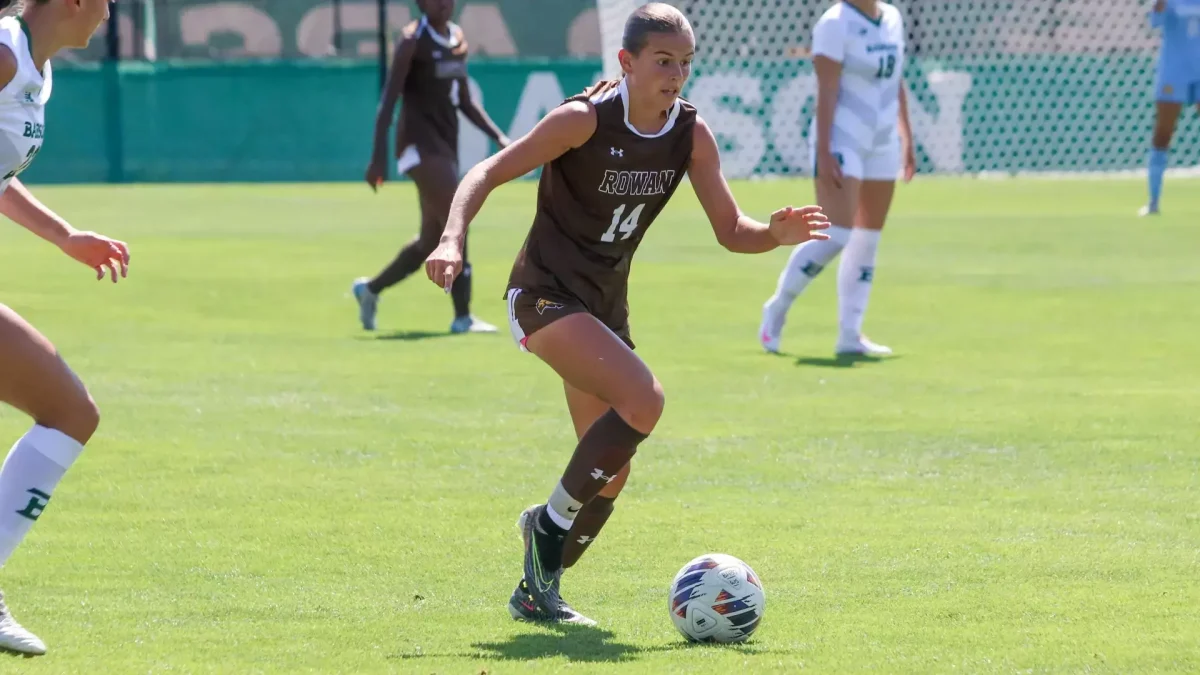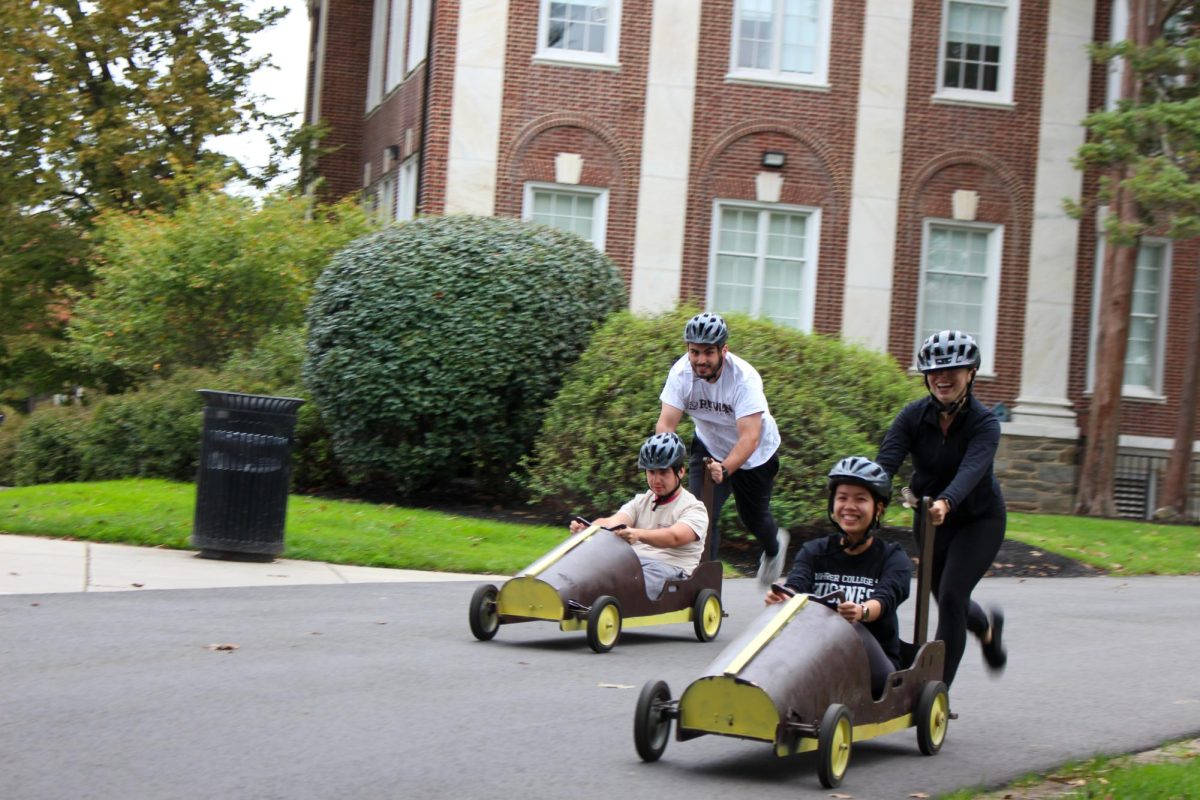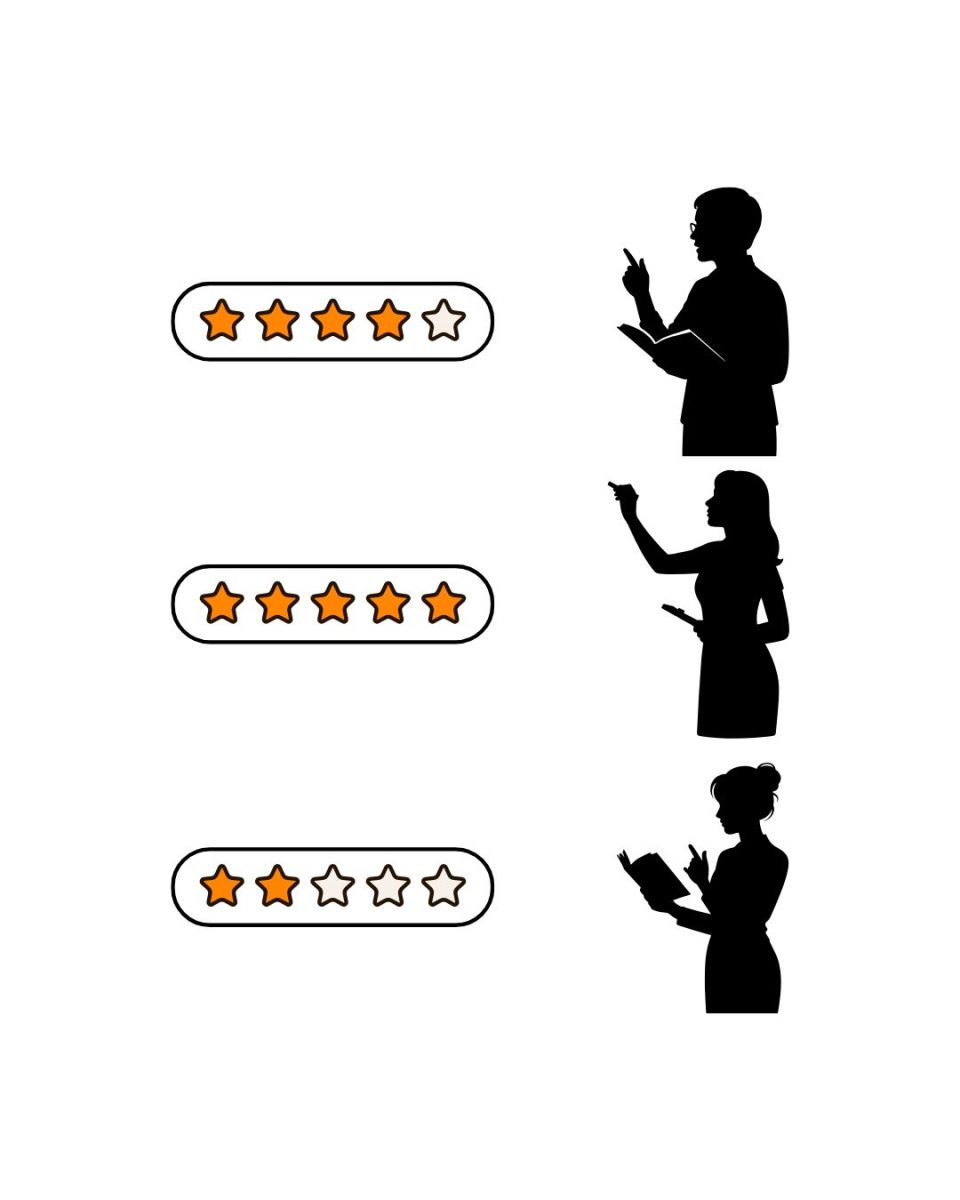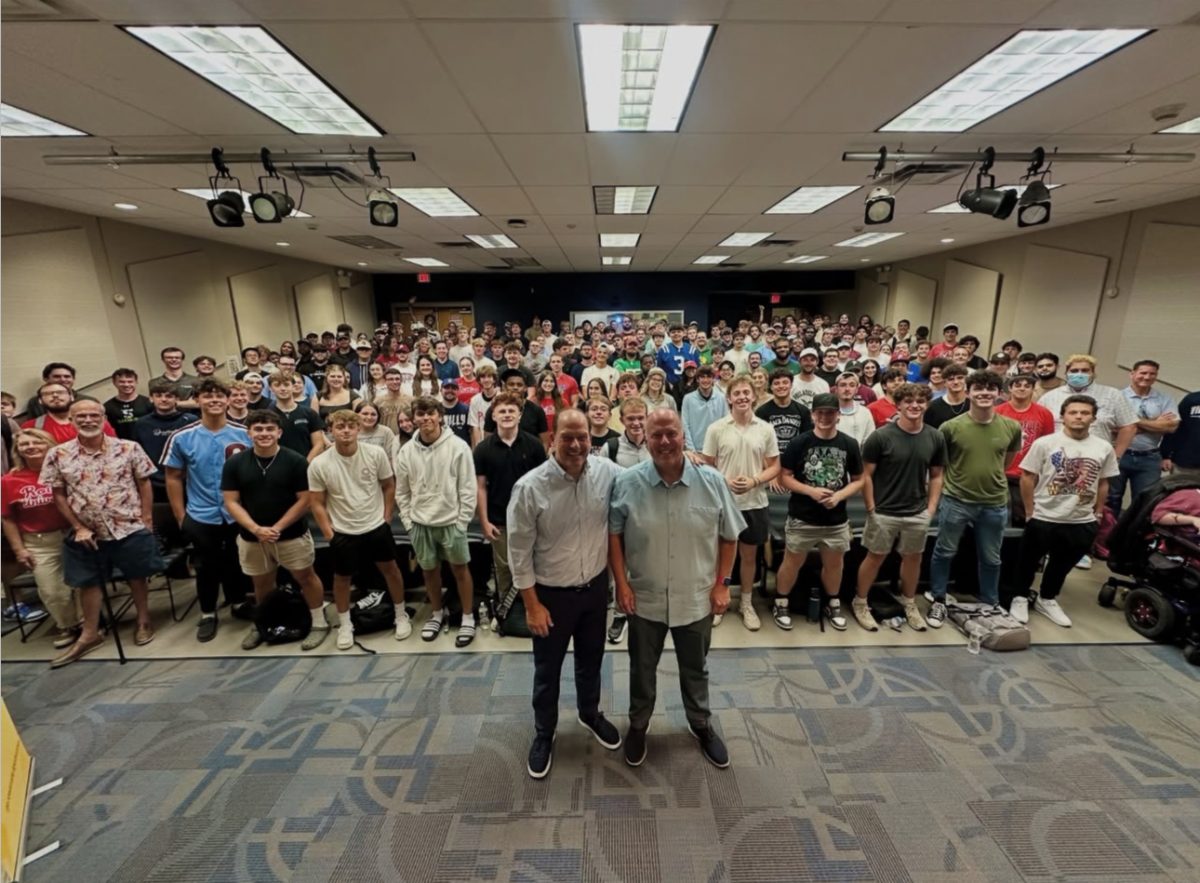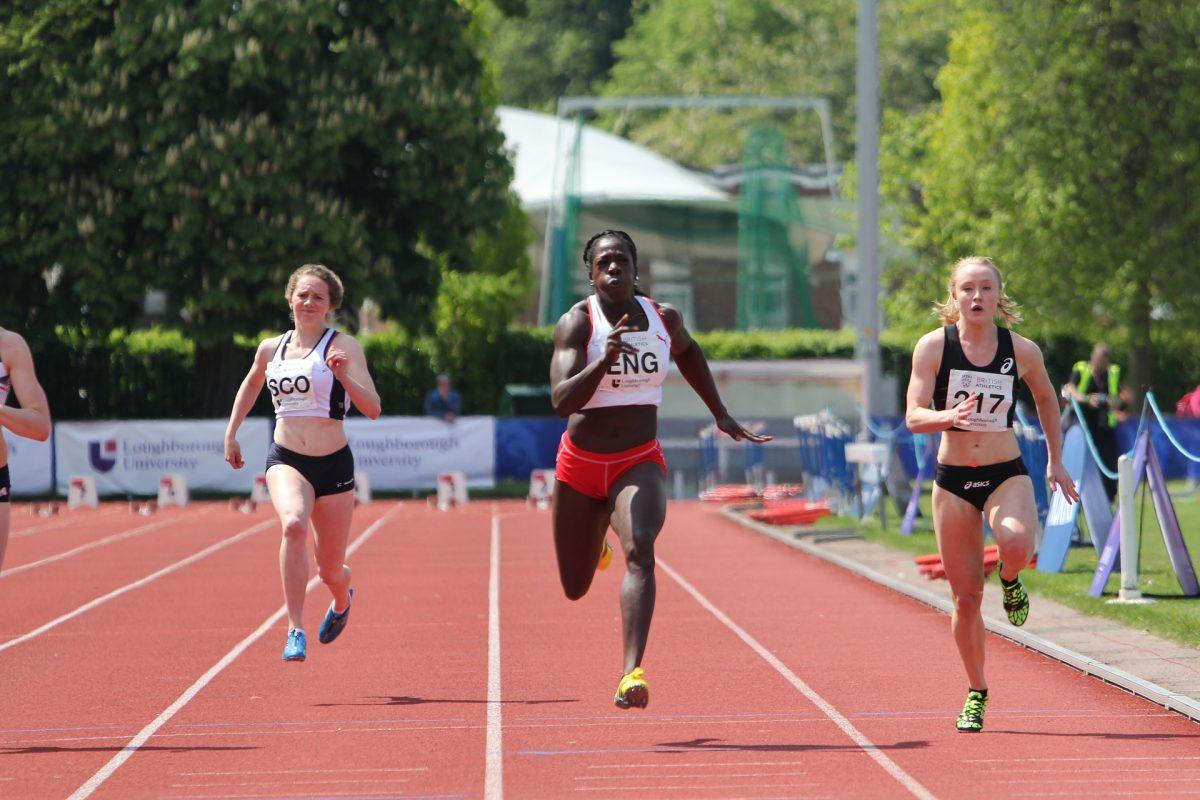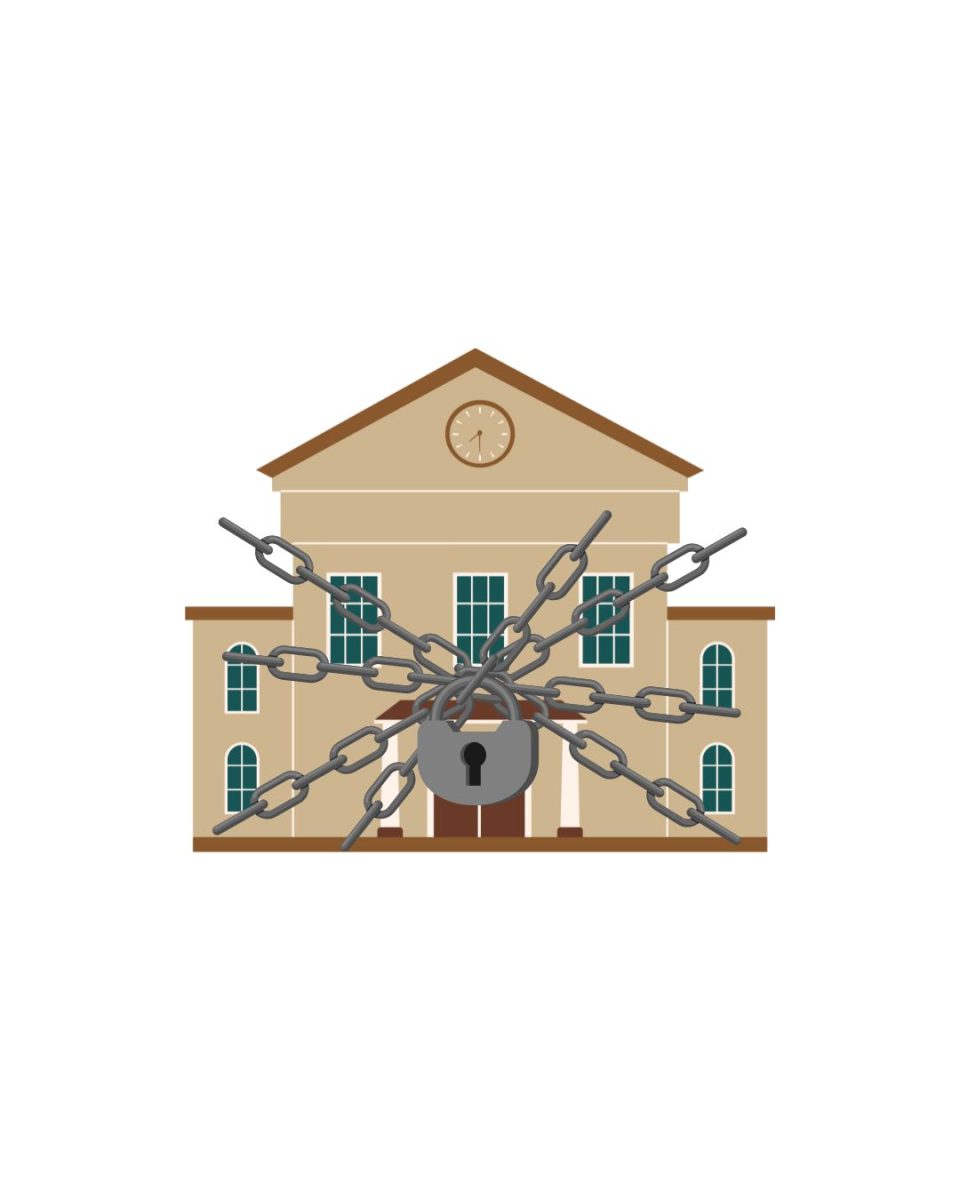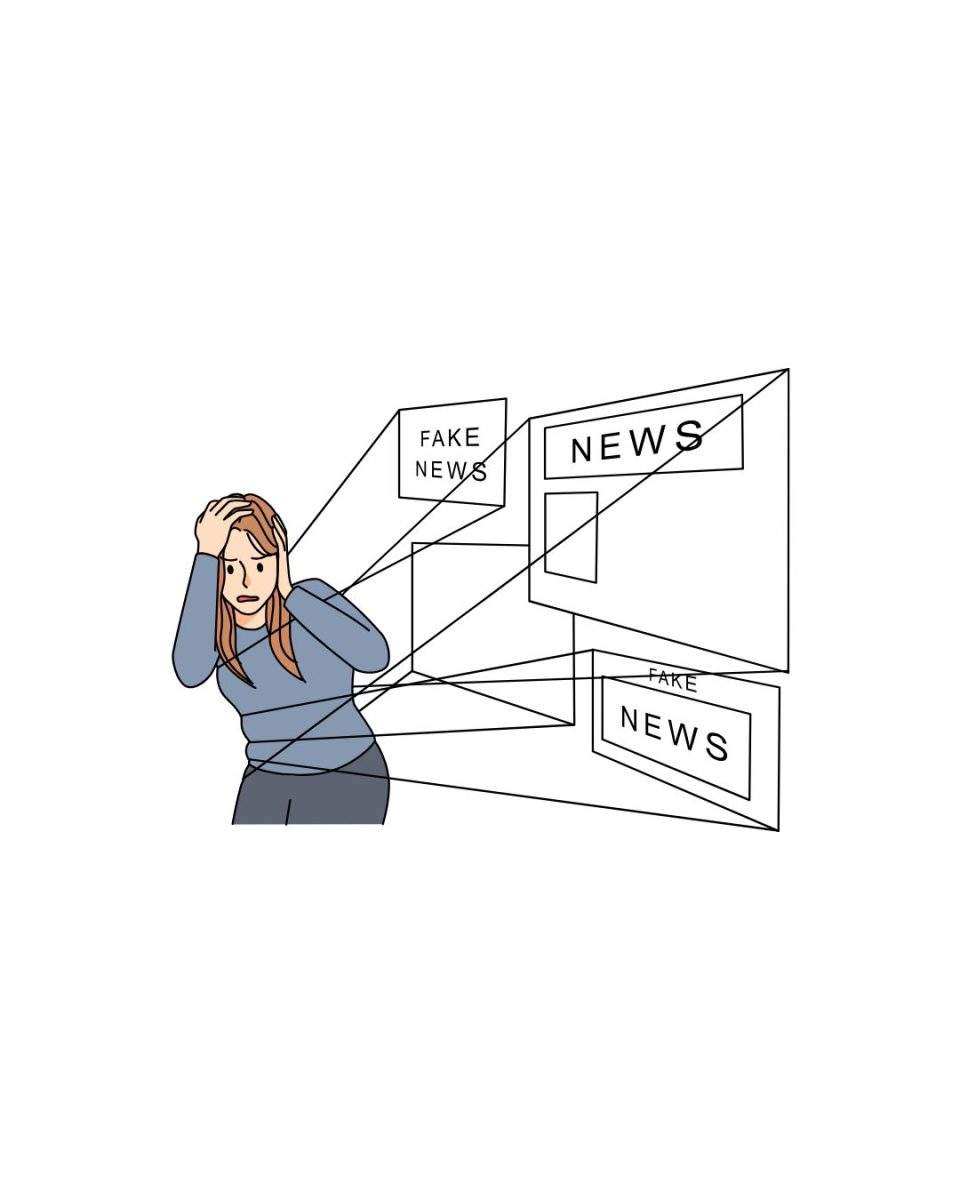In case you were in a coma for the last semester and a half, there was a blog posted to The Odyssey that temporarily dominated campus dialogue and brought an onslaught of media attention to Glassboro.
Former cross country athlete Gina Capone brought to light an archaic, unspoken policy that seemed to be applied according to different standards by certain departments.
Or perhaps the decision to remove the female track athletes had more to do with another policy that only one team can be on the field at a time, raising questions about the supremacy of football over other sports.
It remains unclear exactly what happened, as different people involved with the event offered their own takes that slightly differed.
It seems that the cross country team used the track at the same time the football team was practicing, violating a university policy forbidding two teams from using it at once. Somewhere along the line, the sports bra issue was voiced.
The hazy and circuitous circumstances surrounding this event are now being further addressed by university officials, and this is a good course of action. According to an email message sent by President Ali Houshmand, several steps are being taken to investigate the matter.
This includes a Title IX investigation that was undertaken to look into “the specific allegations of gender inequity and harassment brought forward by members of the women’s Cross Country and Track & Field teams,” according to the email. “While the investigation did not substantiate the complaint within strict Title IX definitions, it did highlight potential issues related to harassment, bullying and incivility which the Human Resources Department is investigating with guidance from the Office of General Counsel.”
This is interesting. These specific investigators weren’t able to label this sports bra case as a Title IX violation according to “strict” definitions. It sounds like by the book, nothing could be done, but perhaps there’s some gray area here within violation policies that makes reaching a definitive decision on matters like these open to individuals’ discretion. Further, a whole separate can of worms was opened in relation to issues with the aforementioned harassment, bullying and incivility. What is this referring to? Is this between the football team and the track/cross country teams? It’s unclear, and it might benefit Rowan officials to elaborate on the Human Resources Department’s investigation as soon as possible.
Rowan also “clarified the dress code and affirmed that sports bras are appropriate practice attire for Cross Country and Track & Field student-athletes,” the email said. “We also are clarifying policies on scheduling and access to facilities, as well as planning online access to all policies and rules for student-athletes.”
These were both good moves. Since this whole incident grew out of confusion over the sports bra policy and the one team on the field at a time policy, it made perfect sense to formally write down clear, black-and-white policies in the necessary handbooks.
Independent expert in collegiate athletics program Cheryl Levick is conducting a program review of the athletics department and how they operate. One of her main focuses will be analyzing how Rowan athletics compares to other universities’ standards, specifically with practice/game scheduling and the handling of uniforms.
Again, another smart move. Bringing in an outside, third party expert in these matters will help avoid conflicts of interests that could be inherent within the university’s own apparatus.
The last point of the email stated the following: “We learned that students had received incomplete and/or insufficient information on a number of key athletics-related issues, including locker room location, competition and practice apparel, facilities scheduling and general team rules. We are taking steps to improve communication and access to information.”
By addressing some of the confusing, incomplete information coming from the various Rowan departments, issues like the sports bra debacle can be avoided in the future.
Overall, it is heartening to see Rowan responding to feedback. The easy route would be to make the policy changes after the initial incident and then let everything die down and be forgotten. Whether it’s due to public sentiment, the interests of the Rowan bureaucracy or out of a genuine desire to change, reflective actions and transparency never hurt. Hopefully the specific results of any and all investigations into these matters can be shared with the university at large.
For questions/comments about this story, email [email protected] or tweet @TheWhitOnline.



